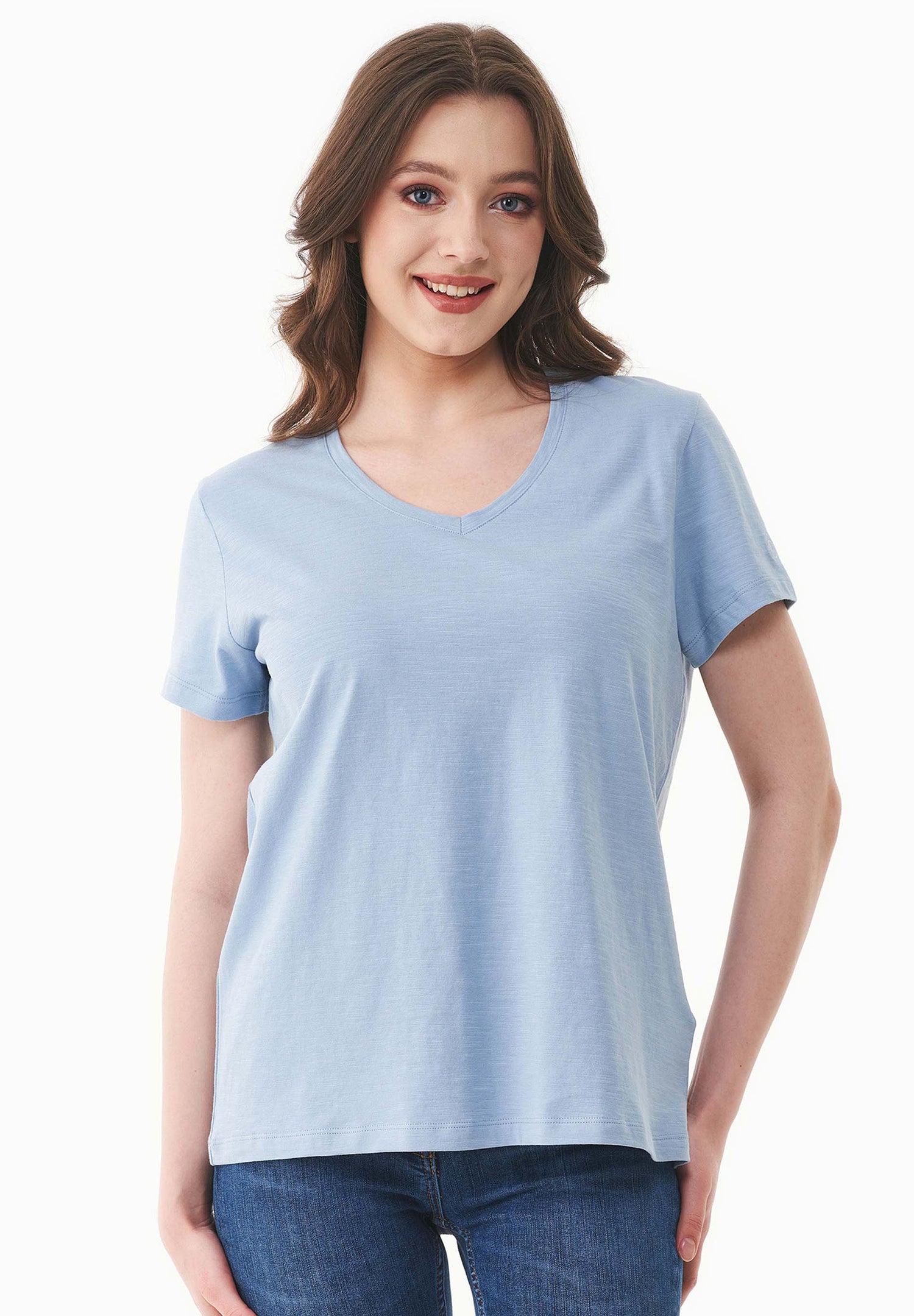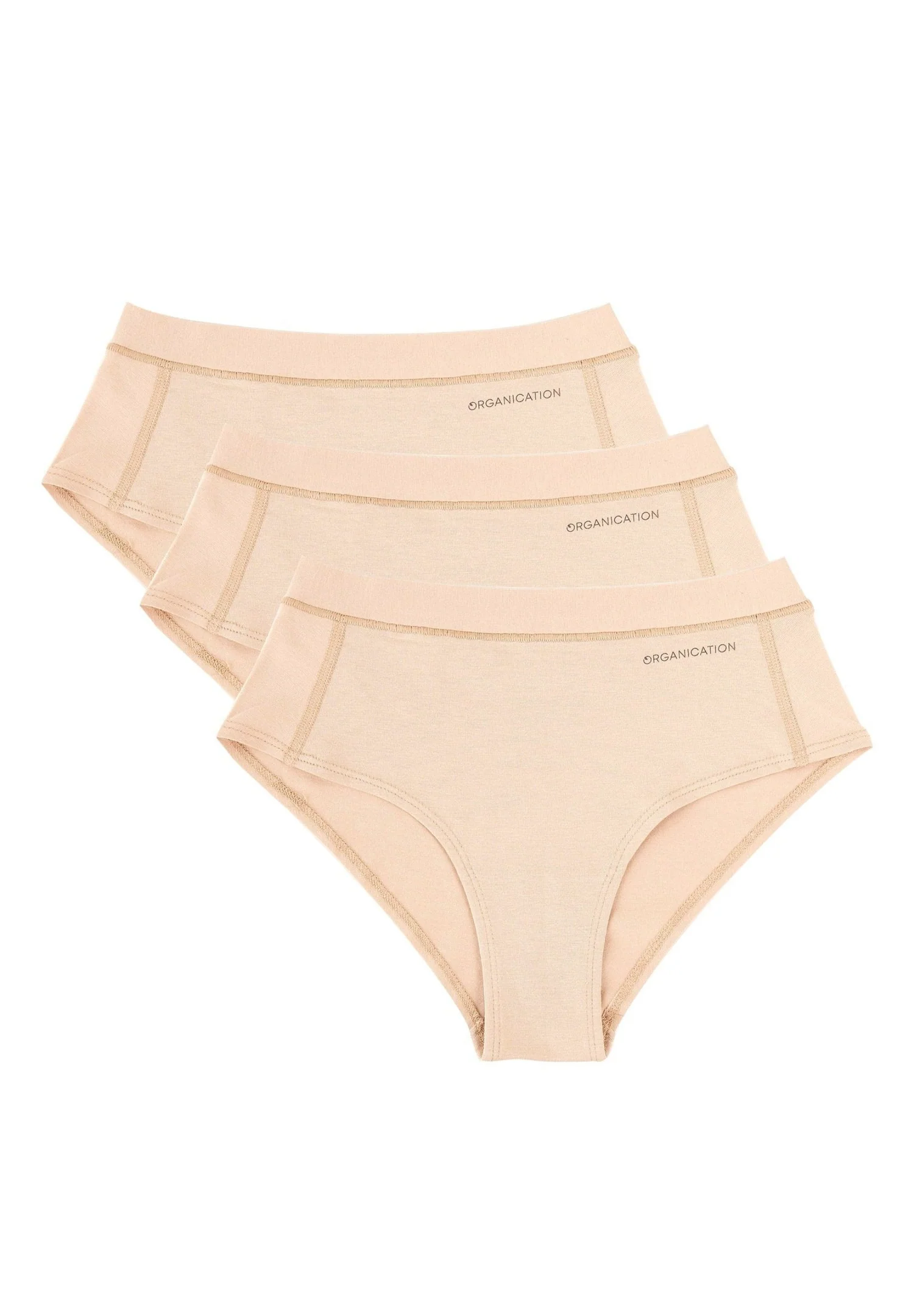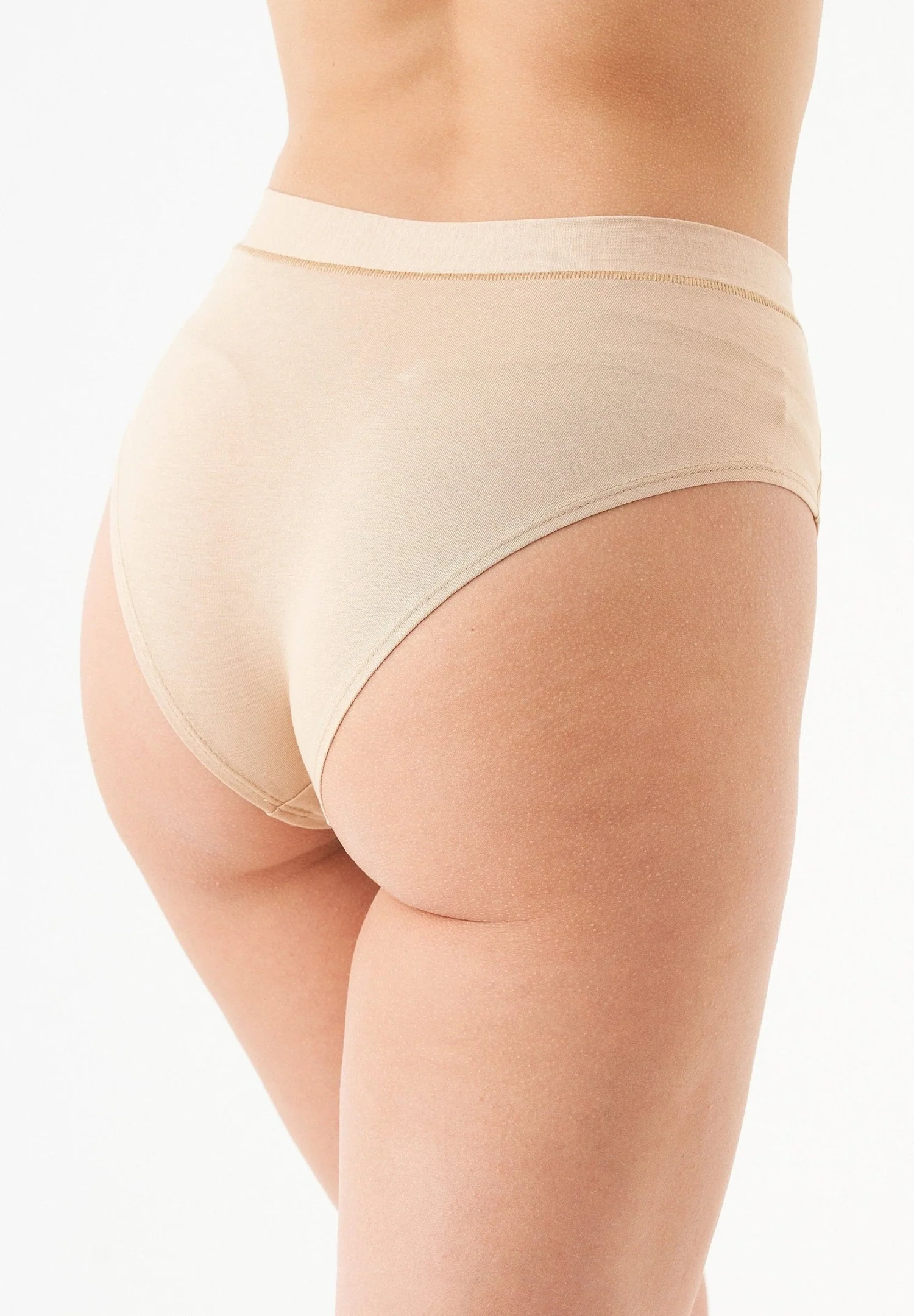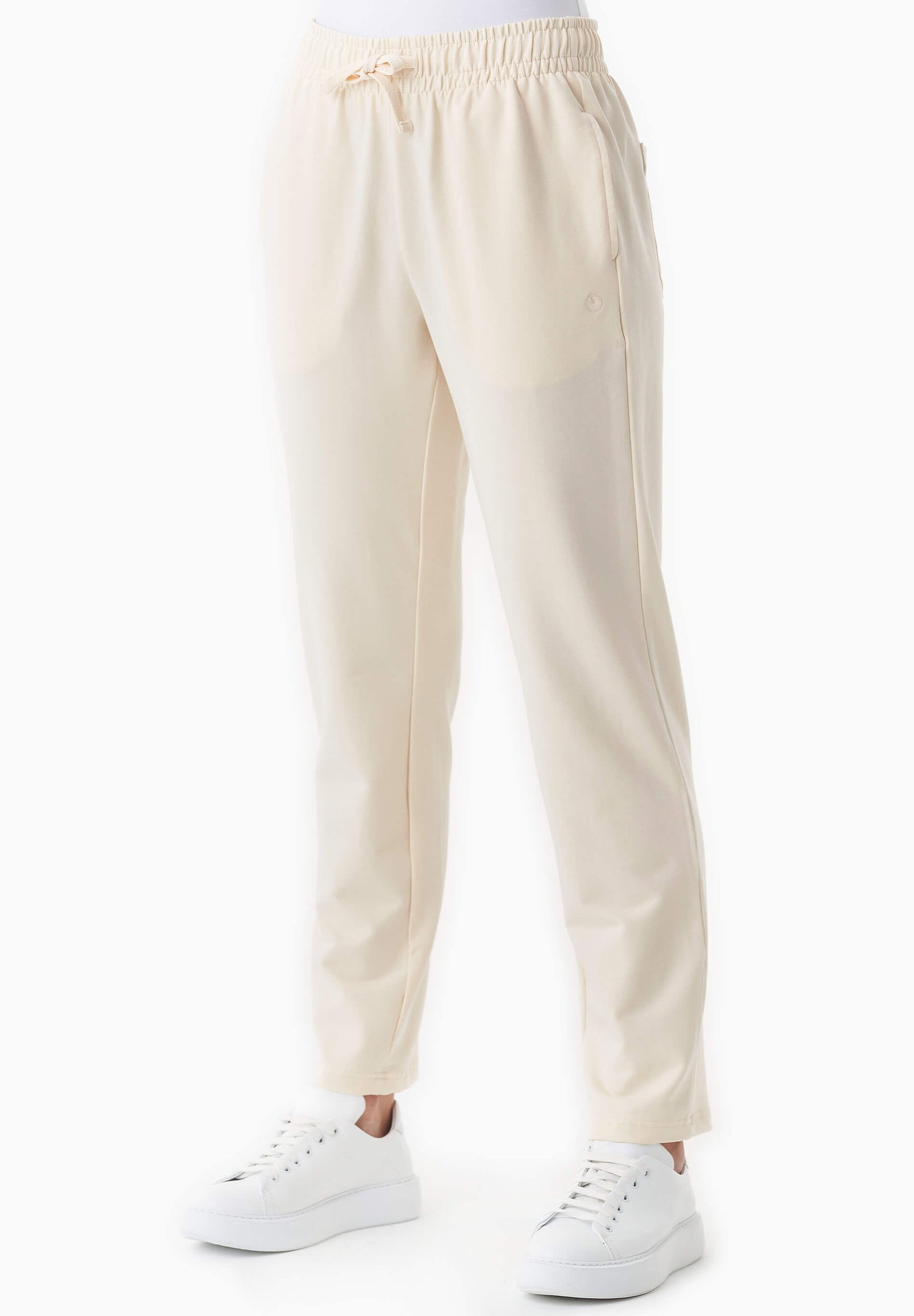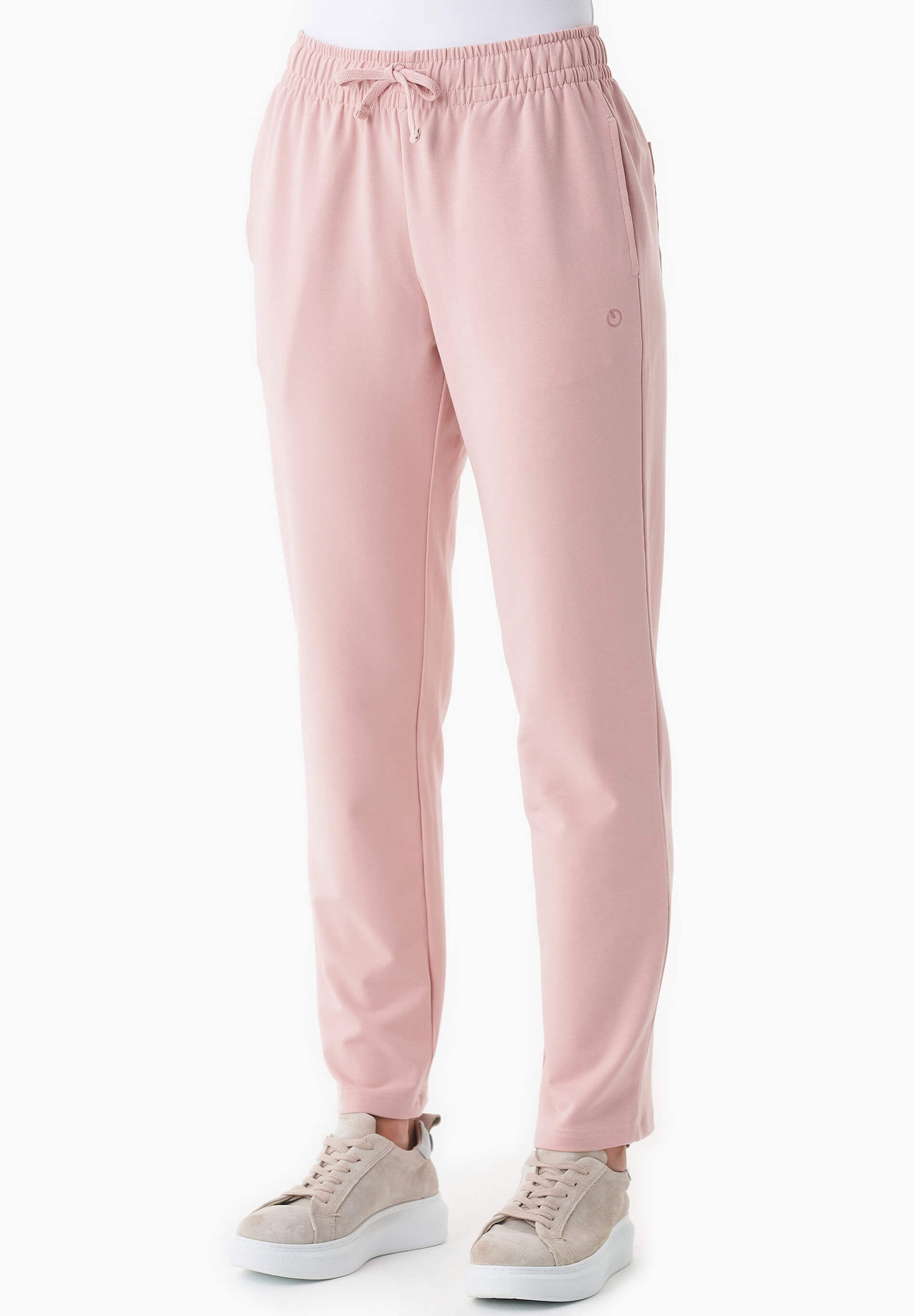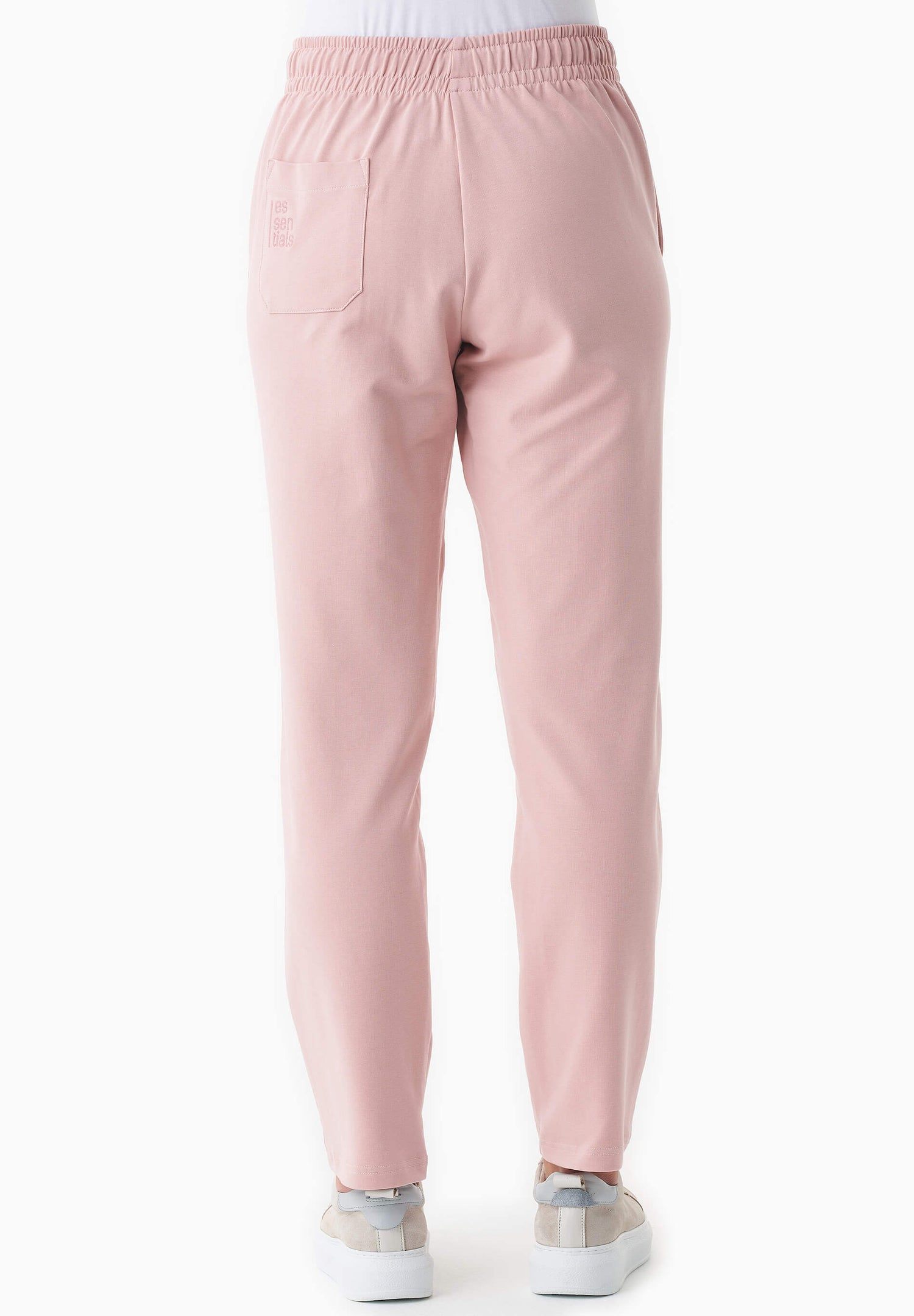In addition to earthy tones and timeless black, incorporating signature shades becomes essential to accentuate one's unique color palette, enhancing the overall glow of one's appearance.
If you want to find out what type of season you represent or are interested in trying out getting dressed according to the color analysis, keep reading.
It's all about the color of your skin, hair, and eyes

You can examine your seasonal type of color analysis through:
1) your skin tone with no make-up,
2) natural hair color, and
3) the color of your eyes.
Examining your skin with no makeup or tan in natural lighting is a good starting point for exploring your seasonal type.
Light cool or reddish skin tones represent either summer or winter. Though winter people tend to have beige rather than reddish skin.
Individuals with olive skin, which has a naturally warm and yellowish tone, are either spring or fall people.

Spring and fall individuals' natural hair color has warmth such as gold or copper. However, sometimes the shade can even resemble rather neutral sand.
Winter and summer, on the other hand, have ash and coolness in their hair. A winter person’s hair may be black, platinum grey, or super light, whereas those associated with summer often have hair with cool blonde, medium blonde, or earthy dark blonde tones.
Eye color is analyzed using the same cold-warm principle. Spring and fall eyes have green, brown, or yellow tones, while cool blues and greys are most often associated with those who represent summer and winter.
Spring

Based on color analysis, spring people exhibit a natural skin tone with yellow undertones. The complexion of spring individuals may vary, ranging from pale to easily tanned, and freckles may occasionally be present. Additionally, the visible veins on spring skin may appear slightly greenish.
Spring hair has a natural warm pigment. Redness and golden tones may appear after sunbathing or color treatment.
The eyes of a spring person are often green or have a warm mixed shade. If the spring eyes are blue, they may show some flashes of warmth, such as yellow dots.
Some of the best-known spring women include Blake Lively and Gisele Bündchen.
Summer

Summer people usually have a pale skin tone that needs to be protected from the sun.
The foundation of summer individuals is a fair tone with a neutral or slightly reddish undertone and their veins are more likely to appear blue than green.
Summer hair is commonly grey at the root, earthy or cool brown.
When you look into the eyes of summer, you can most often see cool blue or greyish eyes.
For example, Hailey Bieber is a well-known celebrity that represents summer.
Fall

A fall individual is a darker version of the spring.
The fall type has pigmented skin and warm brown hair. The complexion exhibits a warm, yellow undertone and commonly appears sun-kissed with a tan.
Fall eyes are typically brown, brown-green, or have a warm mixed color. For example, blue eyes may show some warm yellow or green tones.
Beyoncé is an example of a fall queen.
Winter

Winter individuals typically exhibit a complexion characterized by a milk-white or neutral light beige tone, and their veins tend to appear distinctly blue. Winter people are often referred to as Snow White types, with little or no tan.
People with winter characteristics usually have naturally dark or even black hair. Additionally, their hair may exhibit cool grey tones or appear exceptionally blonde.
The eyes have cool brightness and they can be, for example, dark brown or pure blue.
Elisabeth Taylor, for instance, is a classic winter beauty icon.
Color recommendations for different season types

Spring individuals typically gravitate towards light tones that exude more vibrancy compared to pastel shades.
A spring glows brightly in warm blue-violet shades, sunflower yellow, warm orange-reds (coral, tomato, tangerine), and gentle peachy shades such as the salmon red trend shade Peach Fuzz.
If a spring person chooses to wear white, softer shades such as off-white or ivory are likely to suit her better than pure white.
Instead of cool greys, camel browns, and shades of beige suit perfectly for spring.
In metal shades and jewelry, it's good to have some warmth, such as rose gold and yellow gold.

Summer is at its best in cool pastel shades such as mint green, lavender, pink and light blue.
Like Monet's paintings, summer's color palette is powdery, dusty, and soft.
Cool blue shades like classic denim are safe choices for summer people.
For metals and jewelry, simple silver, for example, suits perfectly for summer.

For fall people, heavy brown tones and earthy colors are ideal.
Different kinds of warm purples like burgundy and plum, burnt oranges such as okra and brick, as well as yellow greens like olive look great on fall.
The fall color palette is bold, rich, elegant, and eye-catching, like an oriental palace or a desert sunset.
Neutral basic shades for fall include cream, beige, khaki, and soft grey.
In metals and jewelry, fall individuals are seen in yellow gold, rose gold, wood, and amber.

The winter style is flattered by clean and strong colors, which can be used in a contrasting and dramatic way.
Clean black and white combinations, classic Parisian red and ultramarine blue suit winter ideally.
Based on color analysis, black is not recommended for other season types than winter.
In metals and jewelry, silvery winter sky colors, diamonds, and pearls are perfect for an individual representing winter.
Why color analysis?

Your own shades can make a difference when it comes to hair, jewelry shopping, clothes, or even when choosing your make-up.
"Wrong" shades can emphasize a tired appearance on your face that may show off as aging. They can highlight fine lines, wrinkles, and dark circles in an unwanted way.
According to the color analysis, the "right" colors, in turn, make an individual feel fresh and youthful.
Those who have discovered their own glowing hues report that by choosing the appropriate hair color and specific clothing shades, they require minimal makeup, exude a healthier appearance, and receive increased positive attention.
Now that you have identified your own seasonal color type and the most suitable shades for you, explore our range and discover women's clothing that complements your style and color palette here!













